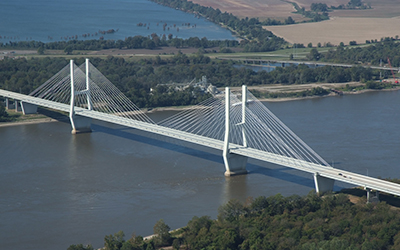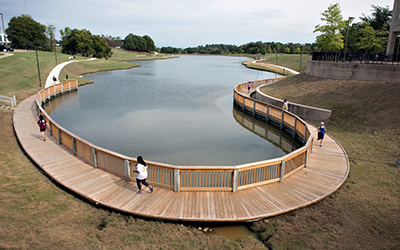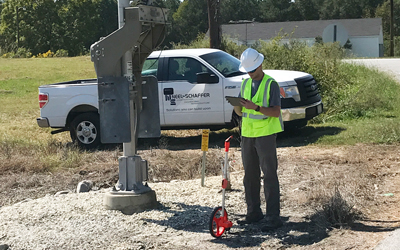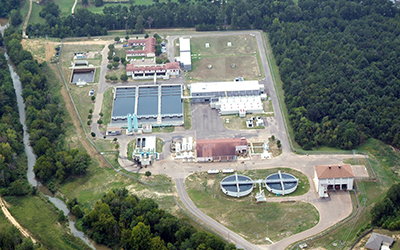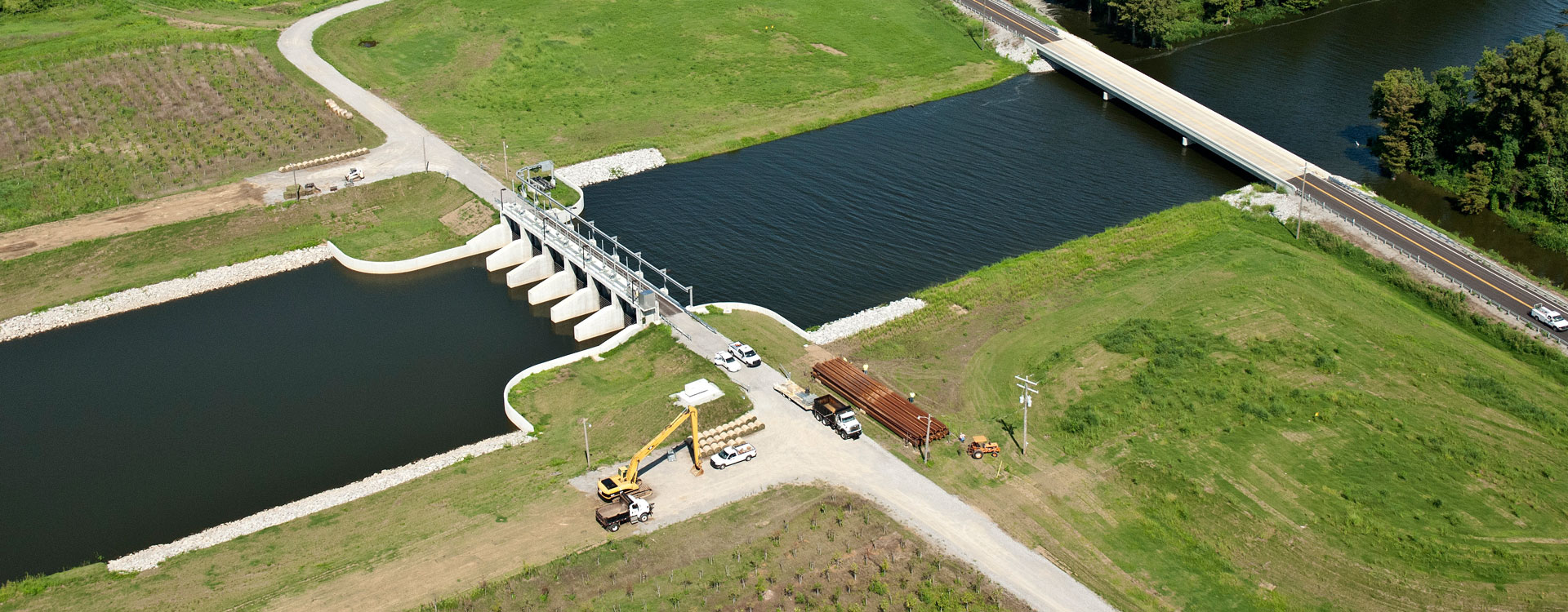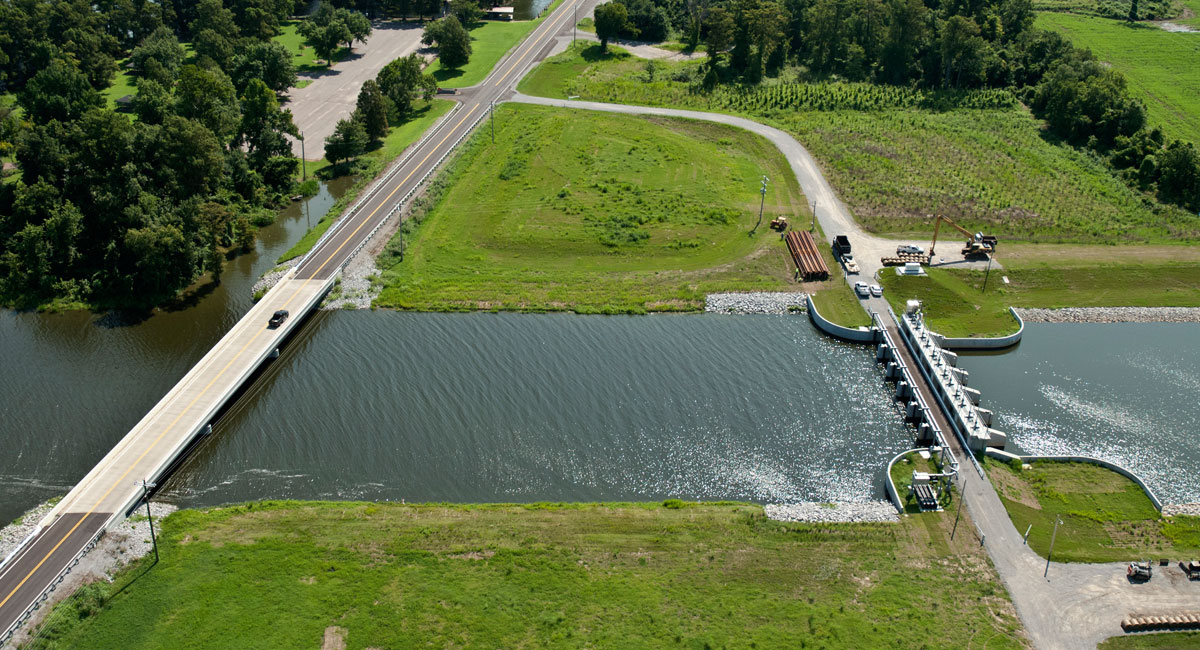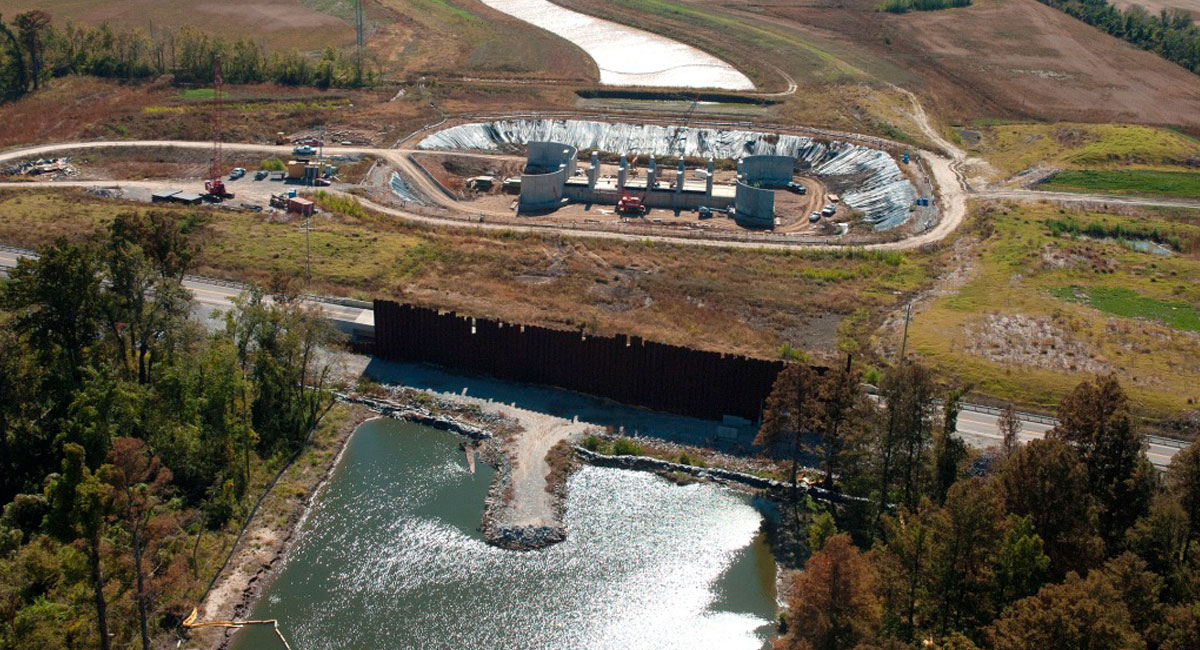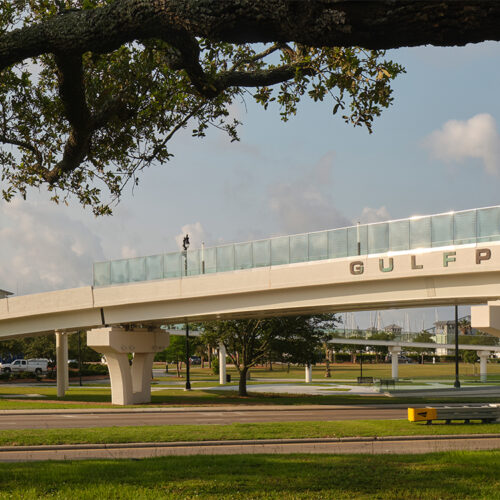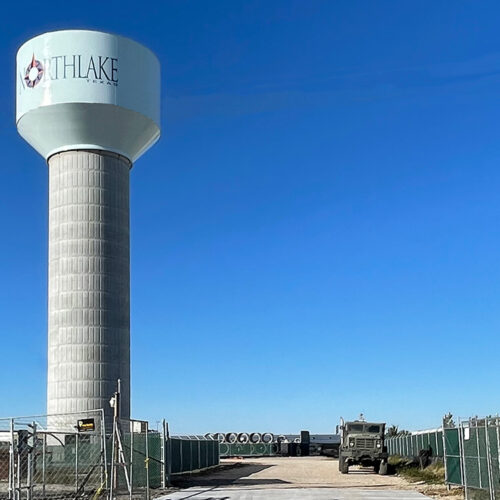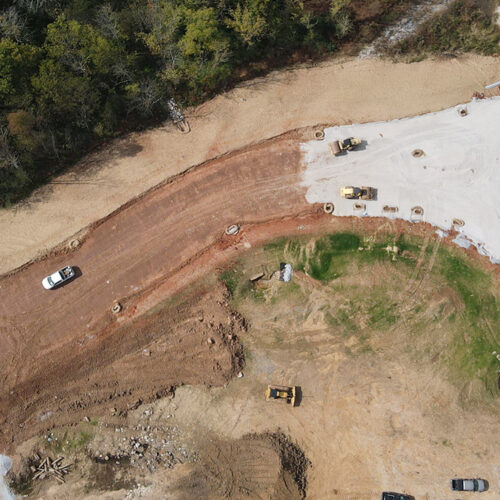LAKE COUNTY, TN
Versatility, teamwork, patience pay dividends: long-awaited spillway project becomes a reality
A project some 15 years in the making will soon be paying dividends for outdoors lovers in Tennessee.
Scenic Reelfoot Lake has a new dam and spillway that will help the U.S. Fish and Wildlife Service better regulate water levels on the shallow lake in the northwest corner of Tennessee that is a haven for fishing, hunting and bird watching.
Neel-Schaffer played a big role in the construction of the new spillway and dam, which took three years to build and more than a decade to shepherd through the various permitting stages. Exhibiting our firm’s true versatility, teams of Neel-Schaffer engineers from offices located in several states worked together, along with a host of state and federal agencies, to complete the $20 million project.
Engineers from our structural, hydraulic, environmental and roadway groups provided services for the project, which includes a new spillway, new roadway, new highway bridge and approaches, and a mile-long spillway inlet and outlet channel. Additionally, Neel-Schaffer provided construction, engineering and inspection services during the construction phase.
The new spillway includes six 20-foot gates. Each of the gates weighs 53,000 pounds, and the two center gates will be operated electronically via sensors located upstream that will monitor major storm events.
To meet stringent requirements set by the Tennessee Department of Environment & Conservation for this environmentally sensitive area, several enhanced measures were used in the Erosion Prevention and Sediment Control (EPSC) plans, including the use of an enhanced water barrier between the construction site and the lake, numerous sediment basins with skimmers, vehicle wash racks and daily inspections of EPSC measures.
Reelfoot Lake is historically known as a natural habitat for bald eagles, and because eagles were found nesting near the construction site, construction was not permitted within 660 feet of the nests for a six-month period each year, requiring special attention to construction phasing.
Extensive coordination between the Tennessee Department of Transportation, the Tennessee Wildlife Resources Agency, the U.S. Army Corps of Engineers, and the Tennessee Department of Environment and Conservation was required for this project to succeed.
As the operation of the spillway is turned over to the U.S. Fish & Wildlife Service, Neel-Schaffer takes great pride in knowing that we were a part of the team that brought this project to fruition.

